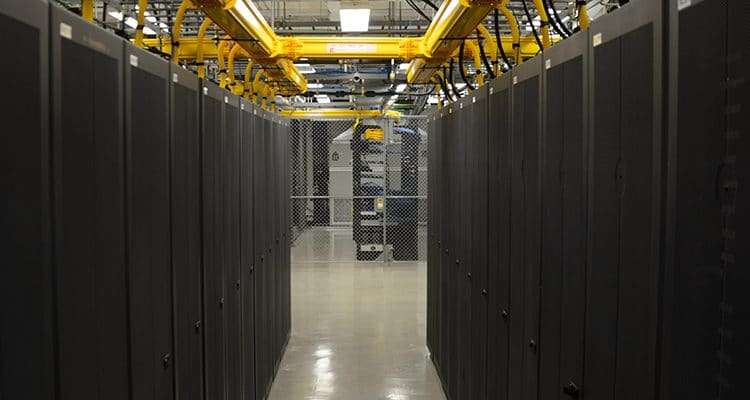So, your SME needs to invest in a new HP server, or you’re looking to buy your first one; what should you choose?
In this article, we’ll cover everything you need to know about HP servers to help you make an informed and educated decision on what could be right for your operation.
Whether you are a veteran of enterprise-grade tech or a beginner, this guide is a basis to begin or continue research for your own operational needs. With that in mind, let’s begin with the following:
The Purpose Of A Server
In small to medium enterprises, servers have two primary functions:
- Hosting for your internal SME needs – such as having your internal host for your company website or web services.
- A method through which you can provide services or server space to customers – think data centres.
These are not the only uses for a server, but most SMEs will use a server for purposes that closely relate to the two above functions.
Before you decide what server to buy, you’ll need to talk with your SME’s tech expert to discuss your server’s purpose to inform your purchasing decision further.
Going for the cheapest option – especially with servers – is a bad idea!
Types of HP Server To Choose From
HP offers a variety of servers to choose from, such as:
- Tower servers
- 1U rackmount servers
- 2U rackmount servers
- 4U rackmount servers
Both have benefits and drawbacks, but the type you choose will depend on your requirements.
For instance, a tower server may be the best option if you want a server for internal use (such as hosting your website independently). However, if you anticipate upgrading and scaling your server needs based on customer demands, a rackmount server may be better suited to your requirements.
Rackmount servers, generally speaking, allow for easier and quicker expansions of server capabilities with their ‘plug and play’ style design.
Hardware Guide
Understanding what you’ll need from a server is paramount to the selection process. If you are new to this, you’ll need to understand the different parts, what they do, and why they are important.
Motherboard
Arguably the most important part of a server. The motherboard is like the skeleton of your server – it holds everything together and allows all the different parts to communicate.
A motherboard will also determine the chipset and what parts will be compatible.
Out of all the parts of a server, the motherboard is the one you never want to try and get on the cheap.
Random Access Memory (RAM)
Random access memory (RAM for short) allows a computer to store short-term data; this is essential for running applications and software. It is similar to storage devices such as solid-state and hard disk drives; the only difference is that RAM doesn’t store data indefinitely.
Every time your reboot a machine, it resets the RAM chips.
RAM is also pivotal to a machine’s processing speed. The more RAM a server can access, the faster (generally speaking) its processing speeds will be.
Central Processing Unit (CPU)
The central processing unit is like the brain of your computer, and it is responsible for all processes a server or machine runs.
A CPU provides the processing power a machine needs for processes and is responsible for running instructions to ensure a server does what it’s meant to.
Generally, the more cores a processor possesses, the more powerful the processor is. Other factors, such as clock speed, also play a major role in how effective a CPU is.
Storage Options
Without storage, a server won’t be able to store and serve data to your internal network (or customers). Storage can come in two main formats: SATA and SAS, and the format determine how the storage communicates with the motherboard.
Several storage drives are available: hard drive disks (HDDs) and solid state drives (SSDs). Without getting into particulars, HDDs are better for en-mass data storage, such as archiving. The data transfer speed for HDDs is slower, but they have far more space available.
SSDs have less overall space but allow a server to access data faster. For this reason, installing an operating system for a server on an SSD will speed up processes.
Power Supply Unit (PSU)
The power supply unit is the last major computer piece you should never cheap out on. This unit is responsible for drawing electricity from your home or office’s circuit and powering your PC’s different parts and in the event this unit doesn’t function, knowledge of trouble shooting power supplies would come in handy.
A power distribution unit for larger systems and networks helps refine this process to save energy while providing the right power to all your machines.
Conclusion
There are plenty of other parts to consider, such as RAID controllers, network cards and graphics processing units (GPUs), among other parts. However, these parts are for niche requirements which your tech expert will know much more about.
As a last piece of advice, always go for the best tech you can afford – it’ll last longer and get more bang for your buck.
For more news click thebritaintimes.co.uk
